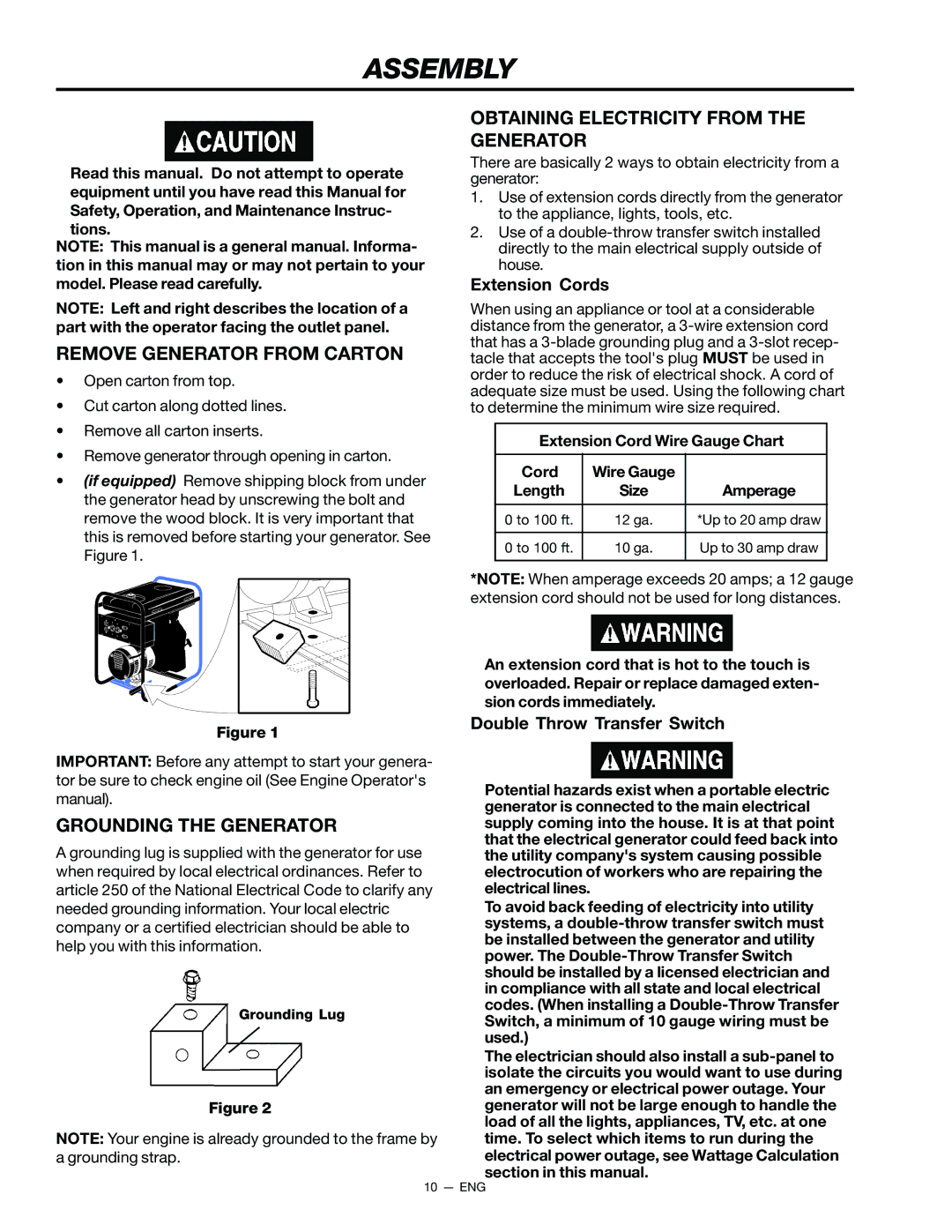CH350CS, H450CS, CH350CS, H650CS, CH350CS, H650CS specifications
The Porter-Cable H450CS, CH350CS, and H650CS are part of a renowned line of power tools designed for heavy-duty performance, catering to both professionals and DIY enthusiasts. These models deliver exceptional power and versatility, making them suitable for a diverse range of applications in woodworking, construction, and maintenance tasks.The H450CS is an exceptional tool known for its lightweight design and robust performance. Featuring a powerful motor, it can handle various materials with ease, making it ideal for cutting, sanding, and shaping. The model’s ergonomic handle ensures comfort during extended use, while the quick-release blade mechanism allows for fast and easy blade changes. The H450CS also comes equipped with adjustable speed settings, allowing users to customize performance for different tasks, enhancing precision and control.
The CH350CS stands out with its impressive compactness and rugged construction. This model is designed for users who need a portable solution without compromising on power. The CH350CS features high-grade materials that ensure longevity and reliability, while its variable speed control provides adaptability for various applications. This tool excels in precise cuts and fine detail work, making it a favorite among carpenters and hobbyists alike. Additionally, it includes integrated dust management features, which enhance the user experience by minimizing cleanup.
The H650CS reflects the advanced technology that Porter-Cable is known for. This model includes innovative features such as an advanced motor cooling system that prolongs tool life by preventing overheating during extended use. Its heavy-duty construction makes it capable of handling tough jobs, while the user-friendly interface ensures that both beginners and experienced users can operate it effortlessly. The H650CS also incorporates safety features, including blade guards and anti-kickback mechanisms, providing added confidence for users during operation.
Overall, the Porter-Cable H450CS, CH350CS, and H650CS represent a top-tier selection of power tools. Their combination of advanced technologies, user-friendly designs, and high-quality construction makes them indispensable assets for professionals and DIY enthusiasts alike. Whether for intricate projects or substantial construction tasks, these models offer reliability and efficiency, positioning Porter-Cable as a leader in the power tool industry.

